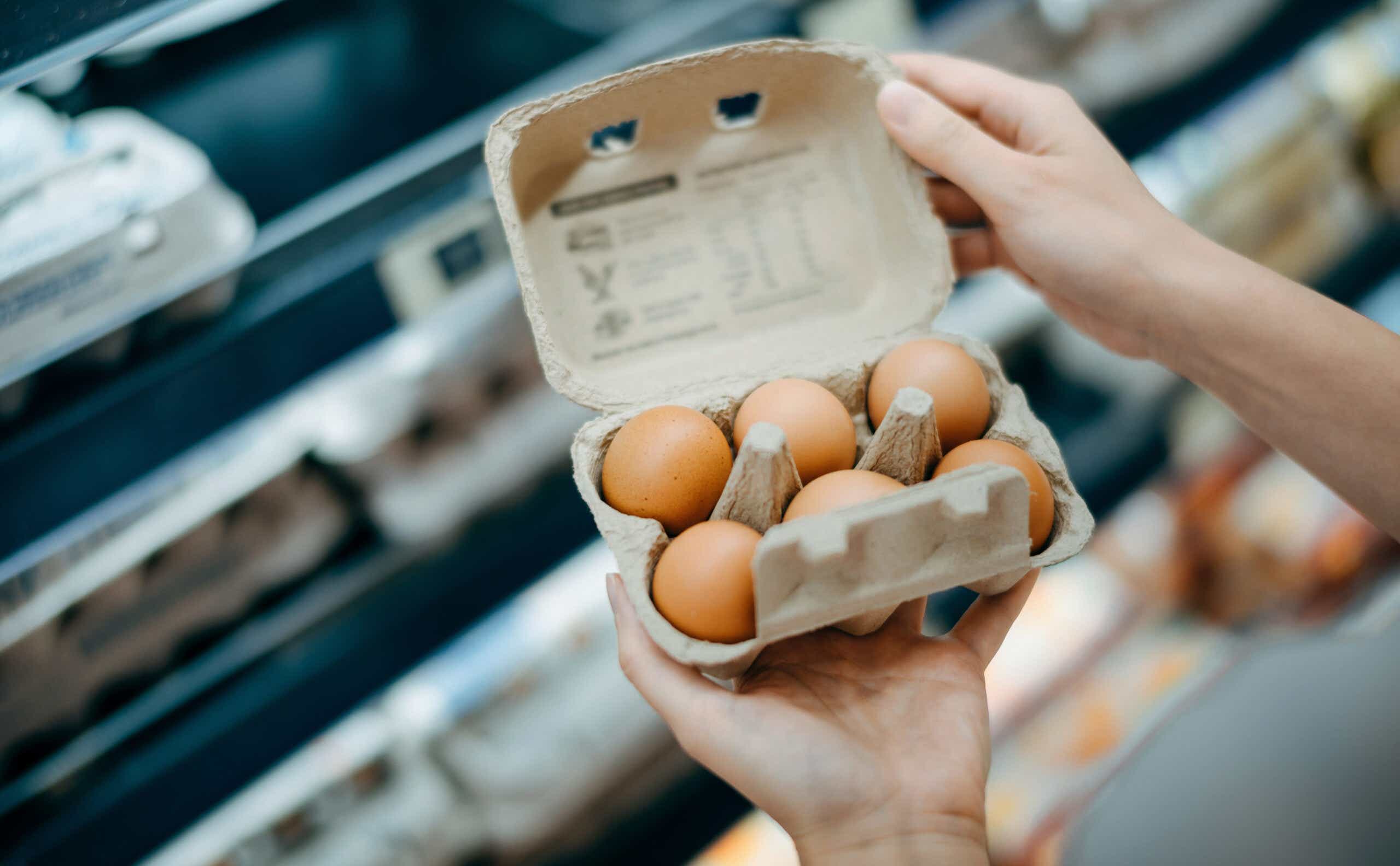It’s hardly news to anyone at this point that inflation is hitting critical levels. But while headlines often focus on the big money impacts — like gas prices, rent, and mortgages — the strain is very much being felt at every level of the financial ecosystem.
A worrying trend
According to June’s Consumer Price Index inflation report, food prices rose by 1% over the month — making up 10% of price level increases across the board. For comparison, the 11.2% rise in gas prices accounted for 40% of the overall increase, while the 0.8% housing price rise accounted for 26%.
As is the case in other areas, the rise in food prices represents the continuance of a worrying trend. In May, the food price index rose more than 10% versus the same month last year, the first increase of that magnitude since 1981. At-home food prices rose by 11.9%, as evinced by a record-breaking 17.4% increase in the price of chicken, a 15% increase in bacon prices, a 15.9% increase for milk, and an 8.3% increase in the price of fruits and vegetables.
The latest picture
According to the latest CPI report, the picture for June was even starker. Grocery prices spiked by 12.2% year on year, with almost every food item becoming more expensive over that period. Pantry and fridge staples saw the most dramatic increases, with egg prices spiking 33.1%, flour jumping by 19.2% and chicken prices rising by 18.6%. Milk became 16.4% more expensive, while fruits and vegetable prices jumped 8.1%. Sugar rose 2.1%, and proceeding naturally from the price spikes all around, restaurant menus became 7.7% more expensive.
Without allowing for seasonal adjustments, margarine and butter prices are up 34.5% and 21.3%, over the last year, jumping 6.8% and 4.8% respectively in June. According to the U.S. Department of Agriculture per USA Today, feeding cows has become more expensive, which has impacted milk production — and may in turn be seeing more consumers switch to margarine.
The jump in the price of flour is likely due to the combined effect of the war in Ukraine, which has hit wheat supplies (both Russia and Ukraine are major exporters), and poor weather in the U.S. yielding softer wheat production.
Unsurprisingly given the price jump seen in their ingredients, baked goods overall became more expensive last month. According to CNN’s analysis, the prices of biscuits, rolls and muffins rose by 3.5%, and freshly-baked cakes jumped 2.9%. Even refrigerated baked goods became more expensive (by 2.9%), as did ice cream, by 4%.
A small ray of hope
There is a little hope, though. The prices of beef, pork, and bacon have dropped slightly, and Rob Fox, director of the knowledge exchange division at CoBank, told CNN that there may be some more light on the horizon.
“My prediction is that we are right now at peak inflation at the consumer level,” Fox said, adding that over the next six-nine months, prices may begin to drop to the levels seen in 2021.









